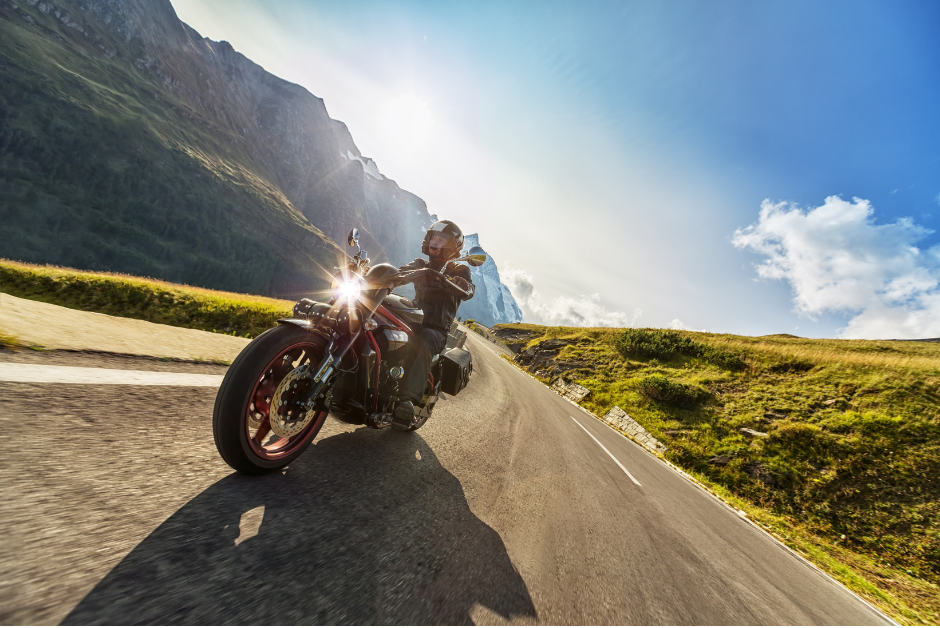As any motorcycle enthusiast will tell you, there is nothing quite like the rush of cruising the roads on your machine. But every experienced rider also knows that the roads are full of hazards and that it’s critically important to follow safety practices on every ride to get you from point A to point B in one piece.
According to traffic specialists, motorcyclists are about 29 times more likely than passenger vehicle occupants to die in a motor vehicle crash and are four times more likely to be injured. This is due to a combination of factors including the different functionality of being on two wheels rather than four, direct exposure to the elements and traffic, without seatbelts or a protective cab, as well as the actions of other drivers. Certainly, the human body is not designed to withstand the trauma of a collision at speeds of 40 MPH or greater.
So, as you get ready to hit the road this spring and summer, use good judgment and take proper precautions so you don’t become a statistic.
Preparation
In recognition of National Motorcycle Safety Month, here are some ways to prepare for a safe ride:
- The singular most important action you can take to protect yourself on a motorcycle is to ALWAYS wear a helmet. Even if it is not the law in your state, a helmet is the best way to prevent a severe head injury. A motorcycle rider not wearing a helmet is five times more likely to sustain a critical head injury. Your helmet should include eye protection and a face shield.
- Increase your visibility so that other vehicles on the road are more aware of your presence. You can do this by wearing reflective clothing and having your lights on during darker hours
- Inspect your bike. Before you take your motorcycle out of the garage, make sure it is in good working order. Check your tires, brakes, signal lights, mirrors and horn. Keeping your bike in good condition can help prevent future accidents.
- Wear appropriate clothing. Avoid scrapes, cuts and other injuries by wearing protective clothing like long pants, boots with nonskid soles, leather jackets, gloves, etc.
- Secure your passenger and belongings. If you have a passenger with you make sure they are seated properly before you leave. and if you are carrying any cargo with you make sure it’s secure and balanced well. Make any accommodations for extra weight such as adjusting the suspension or the tire pressure.
Safety practices
It is essential to make sure you have everything ready and prepared before you leave for your next destination, but it is also important to practice safety and awareness while you are on the road. Here are some things to keep in mind while riding your motorcycle:
- Be observant of your surroundings. Road conditions are always changing. Keep an eye out for potholes, bumps, sand gravel or oil – all of which can prove hazardous for a motorcyclist.
- Follow all traffic rules. You may be tempted to speed by other cars or squeeze through tight spaces. Don’t. You are vulnerable on your motorcycle. Pay attention to the rules of the road to mitigate risk.
- Ride defensively. Stay a safe distance from other drivers. The general rule of thumb is to be four seconds away from the vehicle in front of you. This can help avoid a collision if traffic suddenly stops. Turn on your headlights, signal well in advance of turning or changing lanes, and try to stay out of a driver’s blind spot.
- Never ride while impaired! Keep in mind that alcohol and drugs can affect your driving even if you are taking over-the-counter medications. These can negatively affect your balance, judgment, coordination, and how well you control your vehicles.

